Panasonic’s new Lumix G9 is a milestone in the development of mirrorless cameras and something still-image fans have been waiting for. Unlike the successful GH5, which is unashamedly angled towards videographers, the G9 targets sports, wildlife and general still photographers. Image quality has been tuned for still-image work as opposed to video.
The G9 also cuts new ground with the DSLR-style LCD top-plate function display. In the mirrorless world it has been seen previously only on the Leica SL but it is now set to become a must-have feature on future cameras. The G9, too, has the form of a professional DSLR, if not the size or weight, and is likely to be in demand by action photographers. With its very substantial grip and chunky form, the G9 is well suited to longer telephotos and the new f/2.8 200mm Leica DG prime announced alongside the camera.
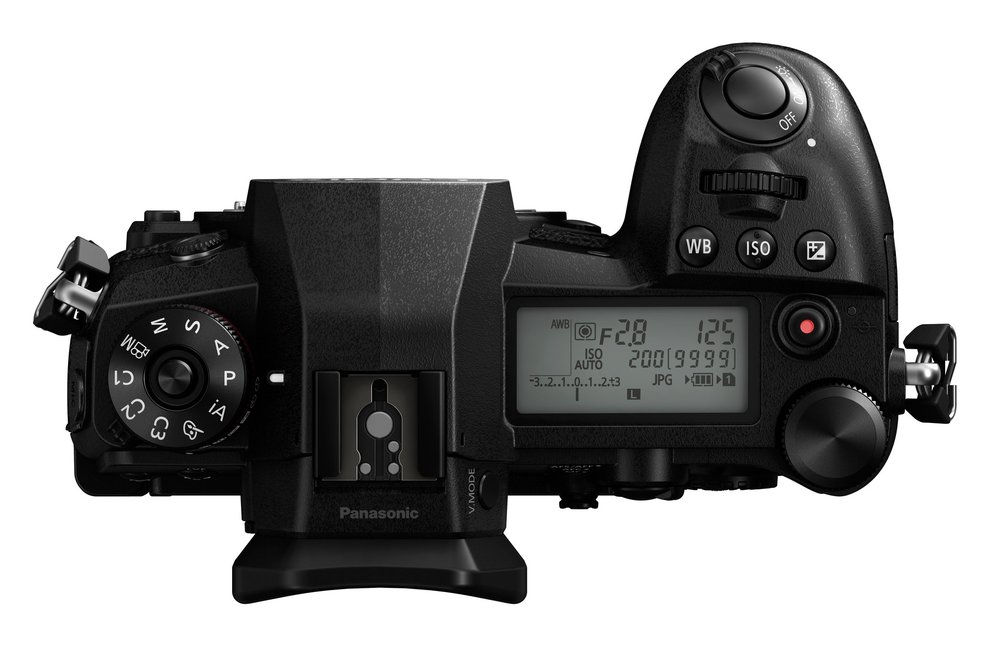
Panasonic claim that the G9 has the world’s fastest autofocus — 0.04s, using 225 AF points and a offering a fast 20fps continuous AF mode. It has one of the best viewfinders on the market, a 3.68 million dot monster magnified by 0.83, although lower magnifications are an option. The aspect ratio is 3:2. This EVF has a much reduced time lag of under 0.005s and a very fast 120fps refresh rate which all but banishes lag, a problem that has undeniably tarnished EVFs in the eyes of DSLR optical-finder aficionados.
There is improved in-body stabilisation which, together with lens stabilisation in most modern Panasonic G lenses, means a 6.5 stop advantage over an unstabilised rigs. Another feature that will appeal to sports and wildlife photographers is the great battery life. There is even a battery saving mode which Panasonic claims can eke out over 900 shots from one charge. In normal mode the claimed life is 400 shots. And yes, we have in-camera USB charging, something we’ve seen mainly on small mirrorless cameras.
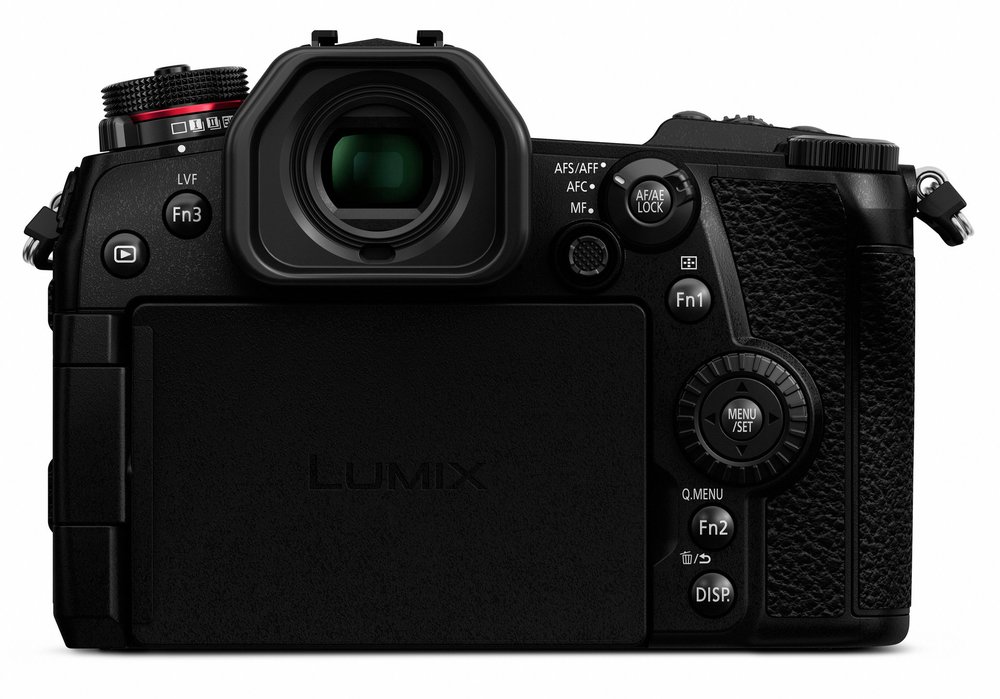
The G9 body has a chunky DSLR-style about it, similar in size to the GH5 but more reminiscent of the new Sony A9. Micro four-thirds fans will compare the G9 with the Olympus OM-D E-M1 MkII. The G9 sits alongside the GX8, with its more retro “rangefinder style” image. However, with its lightning-fast autofocus system and superlative viewfinder, the G9 is perhaps the first mirrorless camera that really gives the professional DSLR a run for its money. Could this be the turning point where mirrorless cameras begin to make even greater inroads into the traditional Cannik DSLR market?
Image quality from the modern m4/3 cameras is of a very high standard. Of course, an APS-C or full frame has the ultimate edge. But for most general photography, especially if you are not intending large prints or normally view your photographs on a screen, micro four-thirds is more than good enough. The smaller sensor brings benefits in other ways, though, and it is the compactness of the system (especially of the lenses) that attracts many photographers. After years of lugging around heavy DSLR equipment, a spell with m4/3 can be a revelation. For many former DSLR shooters, then, the G9 with its unrivalled menu of lenses from many manufacturers, is likely to be a big hit.
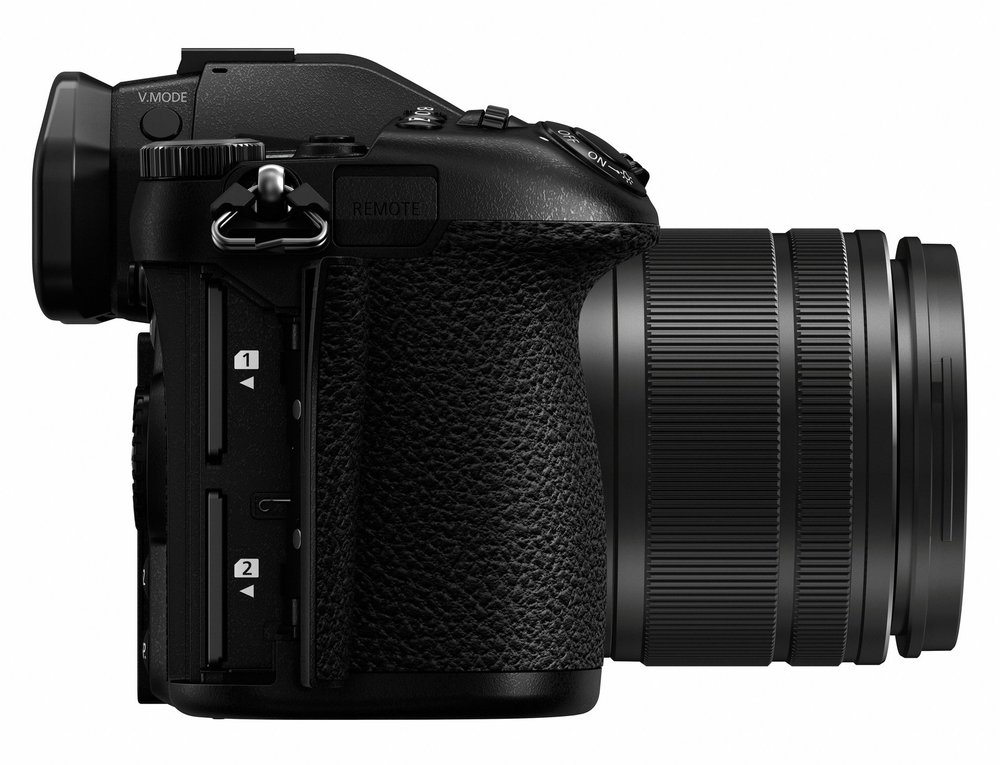
I’ve been using m4/3 for two years now and have gravitated to Panasonic at the expense of Olympus for two very good reasons. First, I like the Leica DG lenses, which are produced by Panasonic to designs by Leica. The primes, especially, are a delight because all the later designs have a manual aperture ring which I prefer for quick adjustment (the notable exception being the more elderly 25mm f/1.4 Summilux. The second reason I prefer Panasonic is because they have a helpful press office, quite unlike Olympus. I can well imagine this new G9 replacing my GX8.
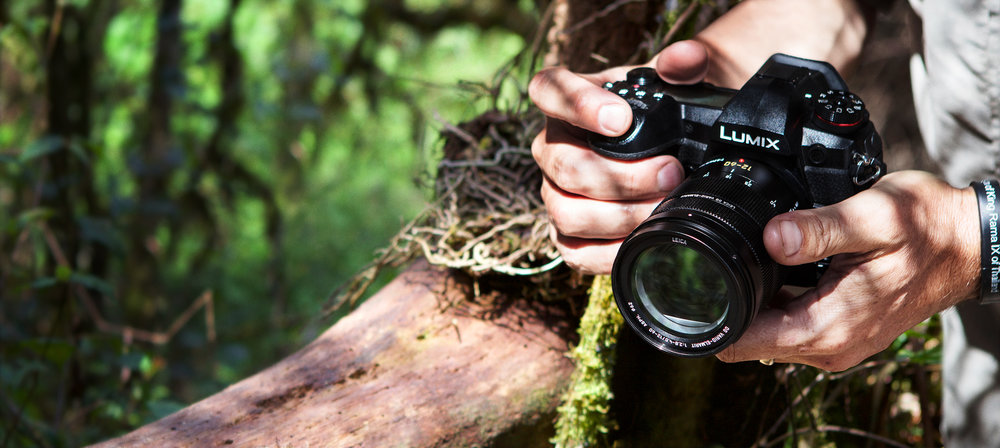
The G9 weighs 658g compared with the GX8 at 487g and the Olympus OM-D E-M1 at 497g. It measures 137x97x92g against the 133x78x63 of the GX8 and 130x97x63 of the Olympus.
The G9 will be available from January 1 and will cost just under £1,500, or £2,020 with the very useful Leica DG 12-60 f/2.8-4.0 zoom. It can be pre-ordered now from Panasonic specialists, including Park Cameras and London Camera Exchange. Anyone ordering now will receive a free battery grip worth £309.
______________

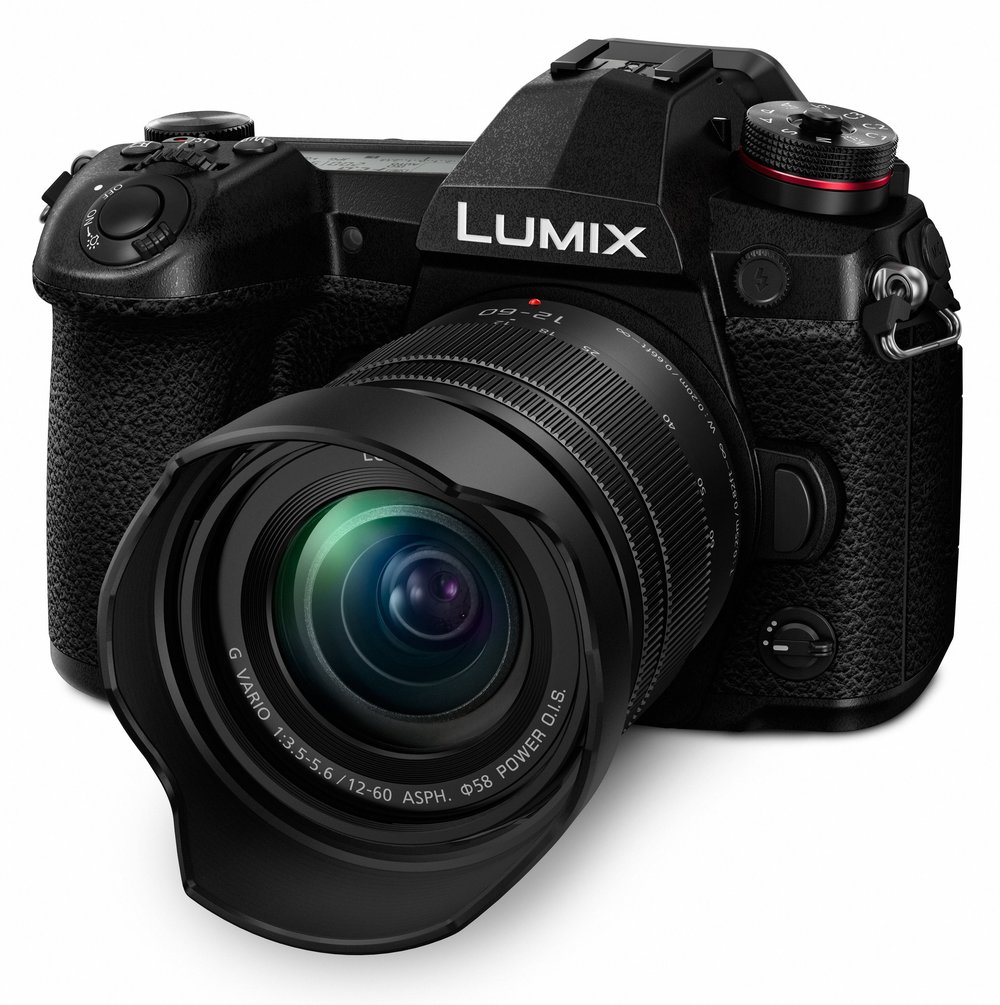
I have to say Mike – I’m convinced by this camera, and I’m considering delving back into µ43, principally for wildlife. I recently bought a D810 (cheap secondhand right now) expecting the AF to be a quantum leap above the Sl, not only is it not, but the viewfinder seems pathetically small in comparison to the peerless SL! This camera looks competitive, and perhaps the 100-400 and the 200 f2.8 will be worthy lenses for wildlife photography
I hope to get hold of a G9 in January and will then get a better idea of this capabilities. Since I love the GX8 I am ready to be wowed by the G9. It is bigger and heavier than the new Leica CL and but it is a different animal, much better suited to wildlife and sports photography (and is weather resistant with the right lenses). So I think t will have its place. The GX8 I will keep as a lighter second body for my m4/3 system.
I think they are aiming at Fuji XT market.
Partly, I suppose, but the main target must be the DSLR market. Fuji has the advantage of the bigger sensor but the Panasonic gains from a huge range of lenses, most of them smaller than they would be if made for the full-frame or APS-C sensors.
I am sure the R&D department of the camera manufacturer must have done enough market research also to assess its need and saleability.
Afzal
With the increase in size and weight, this seems more like a challenger to DSLRs rather than a replacement for the GX8. It seems to be aimed at wildlife and video photographers. I am sure it will be a good camera, but it is unlikely to knock Canon and Nikon off their respective perches. The DG lenses are indeed very good, but I would not use something like this for walking around photography. I wonder will a lighter or slimmer version appear to cover that side of the market?
William
But the big advantage of M4/3 is the relatively small size of the lenses. Even the new 200mm f/2.8 is only some six inches long but gives a full-frame equivalence is 400mm. The system, then, is much smaller and lighter overall.